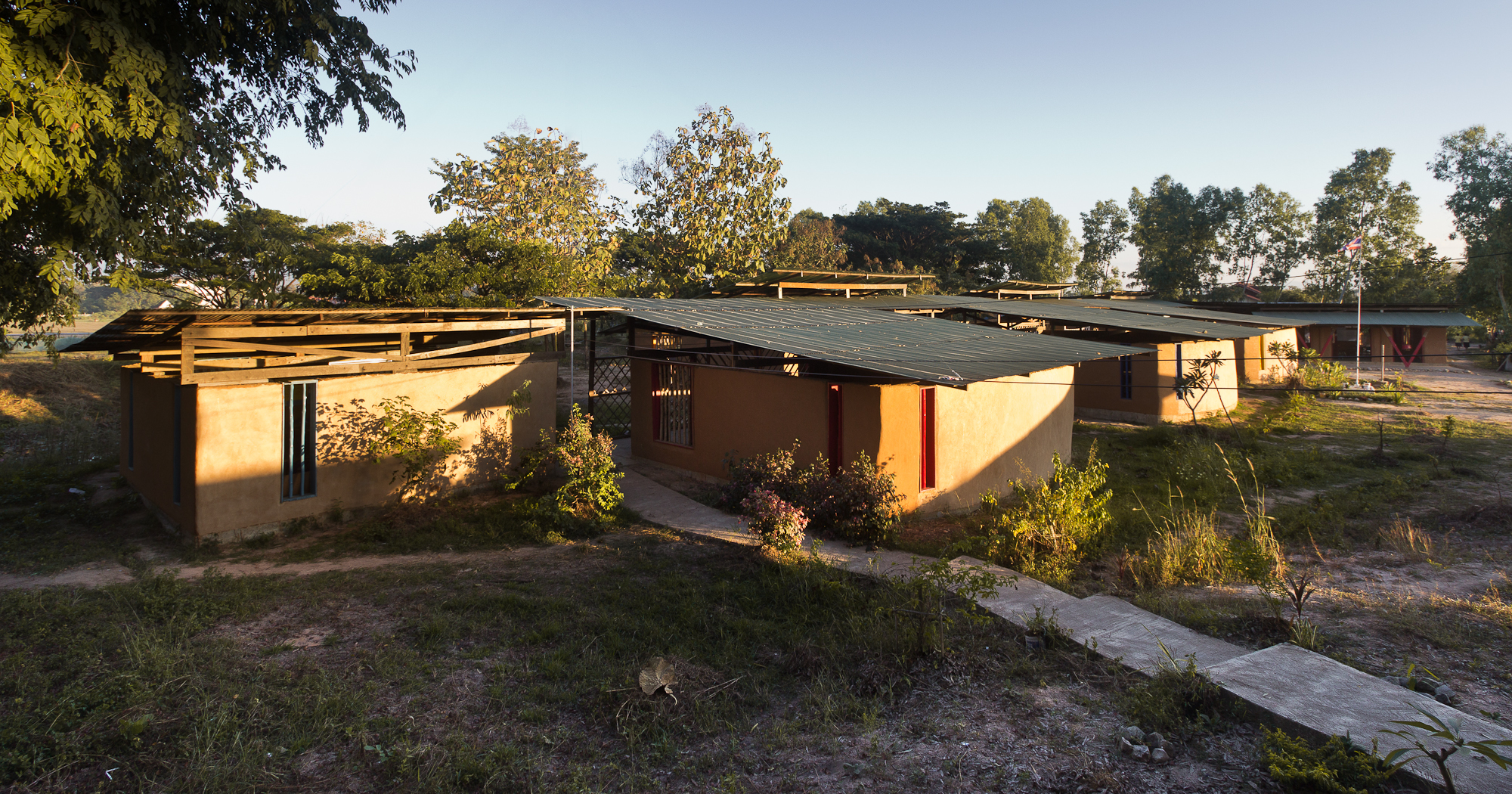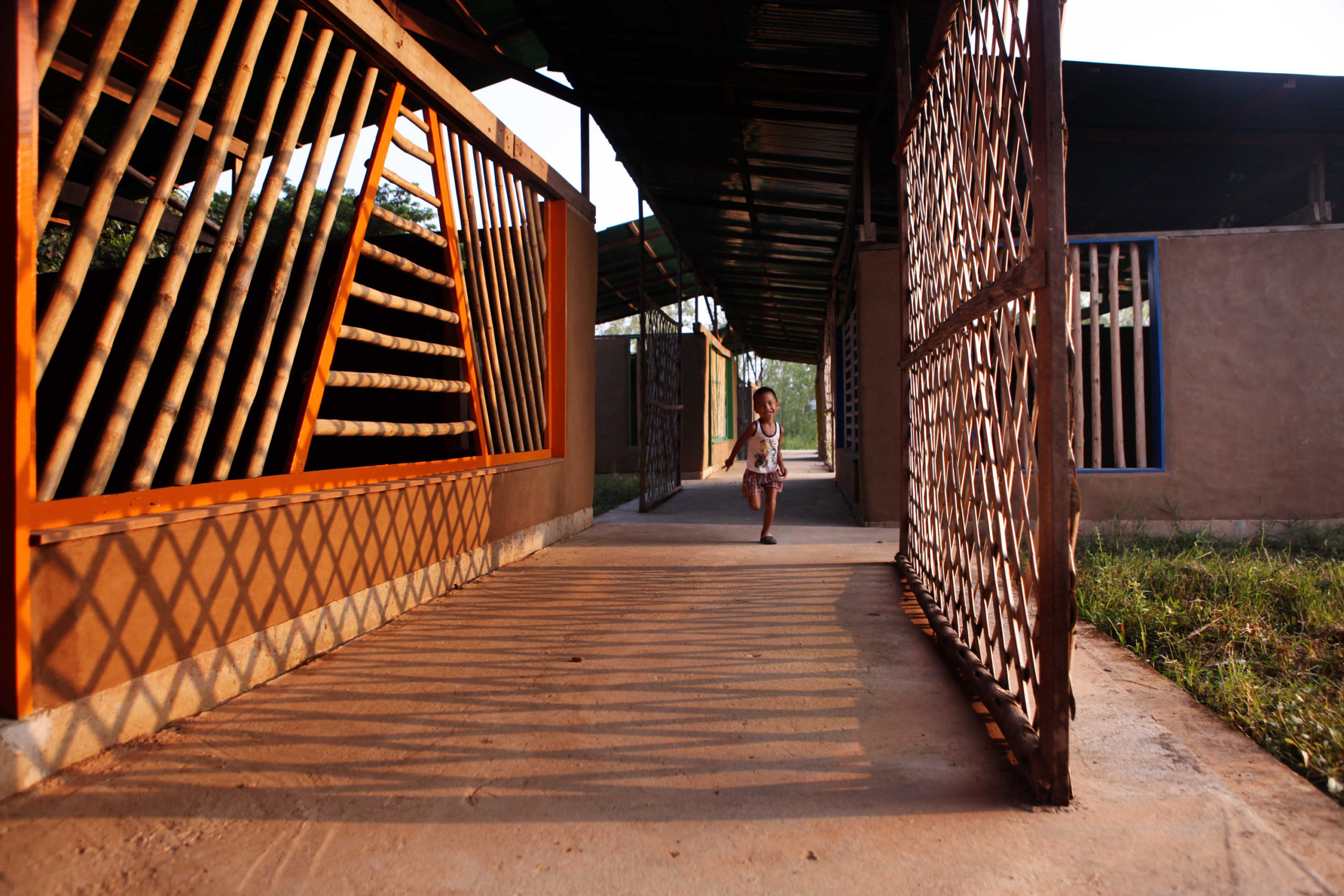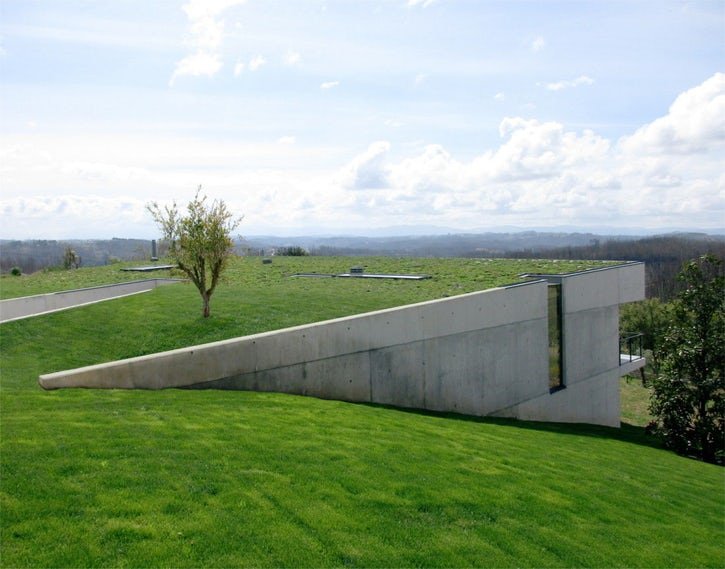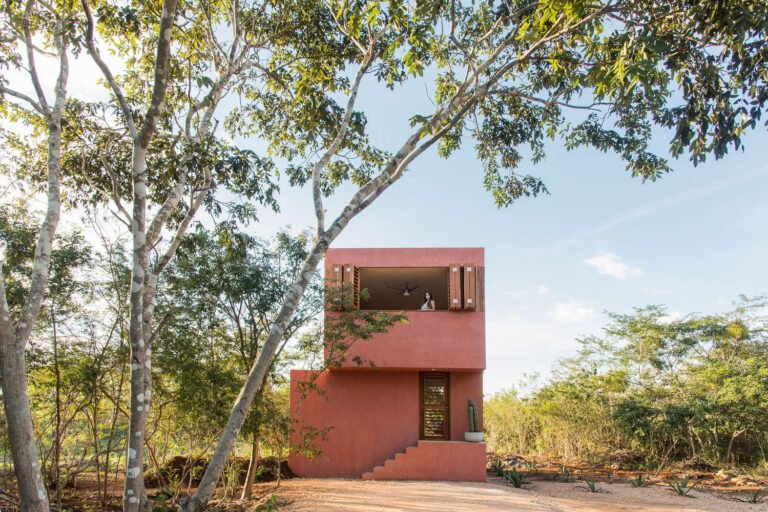Cool Schools: 7 Educational Structures Championing Affordable and Sustainable Construction
Architects: Want to have your project featured? Showcase your work through Architizer and sign up for our inspirational newsletter.
Modern educational institutions are also evolving with new technology to offer high-tech learning environments for students. Large glass facades, parametric forms and advanced engineering can be found in some of the leading educational facilities of today. However, these designs often require larger budgets and more access to resources.
Several communities worldwide don’t necessarily have the same access to new-age materials, construction techniques or the funds to actualize these grand visions. Some of these communities in Southeast Asia, and designers who cater to them, have built upon on the advantages of local materials like bamboo and earth and looked into vernacular building practices to create learning environments that are easy to construct, affordable, durable and more environmentally friendly. Below are just a few examples.
Dabao Primary School and Community Cultural Centre
By Project Mingde (The University of Hong Kong) – Elisabeth Lee, Guangxi, China
Popular Winner, 2018 A+Awards, Architecture +Humanitarianism

 The Dabao Primary School and Community Cultural Centre caters to the Yaos living in the remove Dabao Village. Given that the site is located in paddy fields in the mountains there, the structure is built using layers of walls to adapt to the topography. A long wall along the southern side is created using several bamboo tubes of different lengths and diameters due to the abundant supply of this natural material in the area. This wall blocks the space from the adjacent road and also filters in noise and daylight while maintaining the privacy of those within.
The Dabao Primary School and Community Cultural Centre caters to the Yaos living in the remove Dabao Village. Given that the site is located in paddy fields in the mountains there, the structure is built using layers of walls to adapt to the topography. A long wall along the southern side is created using several bamboo tubes of different lengths and diameters due to the abundant supply of this natural material in the area. This wall blocks the space from the adjacent road and also filters in noise and daylight while maintaining the privacy of those within.
Baan Nhong Bua School
By Junsekino Architecture & Design, Chiang Rai, Thailand
Jury Winner, 2017 A+Awards, Primary & High School

 An earthquake in May 2014 greatly impacted the buildings in the Chiang Ray province of Thailand. The school building was one of its victims and this forced the students to resort to temporary pavilions as classrooms due to low budgets. This was, however, not very efficient. With help from Design for Disasters and other donors, the school was able to raise enough funds and materials to construct a new building.
An earthquake in May 2014 greatly impacted the buildings in the Chiang Ray province of Thailand. The school building was one of its victims and this forced the students to resort to temporary pavilions as classrooms due to low budgets. This was, however, not very efficient. With help from Design for Disasters and other donors, the school was able to raise enough funds and materials to construct a new building.
A flexible steel framework is used in the new building to make it more resistant to future disasters. The easy-to-construct base is then covered with wood cement boards and bamboo partitions given their flexible nature. These materials and design techniques allow the building to be light, facilitate natural ventilation and also allow plenty of light to enter the building during the day.
Bamboo Sports Hall at Panyaden International School
By Chiangmai Life Architects, Chiang Mai, Thailand
Popular Choice and Jury Winner, 2018 A+Awards, Architecture +Engineering and Popular Winner, 2018 A+Awards, Recreation Centers

 This award-winning construction is an addition to the Panyden International School in Chiang Mai, Thailand. It combines modern construction techniques with traditional bamboo construction. The use of natural materials helps it integrate with the environment around and also maintain a very low carbon footprint. The large hall can host a variety of sports such as basketball, volleyball, futsal and badminton and also includes viewing areas for the students’ friends and families. Bamboo is bundled, bent and intertwined to create a supporting structure in a way that creates a mesmerizing pattern. Straying from toxic chemicals, the material is also treated with borax salt to ensure longevity.
This award-winning construction is an addition to the Panyden International School in Chiang Mai, Thailand. It combines modern construction techniques with traditional bamboo construction. The use of natural materials helps it integrate with the environment around and also maintain a very low carbon footprint. The large hall can host a variety of sports such as basketball, volleyball, futsal and badminton and also includes viewing areas for the students’ friends and families. Bamboo is bundled, bent and intertwined to create a supporting structure in a way that creates a mesmerizing pattern. Straying from toxic chemicals, the material is also treated with borax salt to ensure longevity.
Panyaden School
By 24H-architecture, Chiang Mai, Thailand

 Unlike a traditional school building, the Panyden school is designed as a series of pavilions arranged in the form of a tropical antler horn fern. The classroom buildings are created using earthen load-bearing walls that include storage systems and are topped with bamboo roofs. These roofs are made using locally-grown and naturally-treated bamboo and they curve up and down, much like mountains. Additionally, the central pavilion, which is used as a canteen or assembly hall, features bundles of bamboo shooting upwards from the ground and fanning out upwards to hold the roof.
Unlike a traditional school building, the Panyden school is designed as a series of pavilions arranged in the form of a tropical antler horn fern. The classroom buildings are created using earthen load-bearing walls that include storage systems and are topped with bamboo roofs. These roofs are made using locally-grown and naturally-treated bamboo and they curve up and down, much like mountains. Additionally, the central pavilion, which is used as a canteen or assembly hall, features bundles of bamboo shooting upwards from the ground and fanning out upwards to hold the roof.
School of Alfa Omega
By Realrich Architecture Workshop – RAW Architecture, Tangerang, Indonesia


Image by Eric Dinardi
Due to the site being located on swampy land, the entire structure of the school had to be raised above ground level. The section of the site was a conscious decision to bring children closer to nature. The structure of the school combines both steel and bamboo for durability, efficiency and low maintenance. The parabolic roof also uses bamboo to create undulating forms. The form of the buildings create a natural shade on sunny days, protect the interiors from heavy rainfall and the materials used help cool down the building all year round due to their low thermal conductivity.
MOVING Schools 001
By Building Trust International, Mae Sot, Thailand

 The project aims to create mobile modular schools for refugee populations. The construction is very simple: a steel frame, tarpaulin on a mud floor and bamboo walls. The steel members are all uniformly sized to eliminate any waste. Focusing on sustainability, the team has used gravel-filled reclaimed tires to create foundations that will allow the building to be moved from one location to another. The roof is made up of a tensile fabric that is noise-reducing, heat-resistant and long-lasting. The combination of lightweight materials makes relocation easier, which in turn helps cut down on the environmental challenges associated with new constructions.
The project aims to create mobile modular schools for refugee populations. The construction is very simple: a steel frame, tarpaulin on a mud floor and bamboo walls. The steel members are all uniformly sized to eliminate any waste. Focusing on sustainability, the team has used gravel-filled reclaimed tires to create foundations that will allow the building to be moved from one location to another. The roof is made up of a tensile fabric that is noise-reducing, heat-resistant and long-lasting. The combination of lightweight materials makes relocation easier, which in turn helps cut down on the environmental challenges associated with new constructions.
Kwel Kah Baung Migrant Learning Center
By Jan Glasmeier, a.gor.a architects, Mae Sot, Thailand


Images by Franc Pallares Lopez and Abel Echeverria
Built with a dual purpose in mind, the learning center focuses on educating children from displaced families that came in from the Karen state nearby as well as supporting and training local workers during the construction process. It was designed to set an example of affordable architecture that has a strong connection with the surrounding landscape. While most of the structure is made using adobe bricks, the team has used bamboo and eucalyptus branches to create enclosures around. Different combinations of stems in horizontal, vertical and diagonal orientations help create interesting shadow patterns throughout the day. In some sections, they have also been painted in vibrant colors to enhance the space.
Architects: Want to have your project featured? Showcase your work through Architizer and sign up for our inspirational newsletter.


